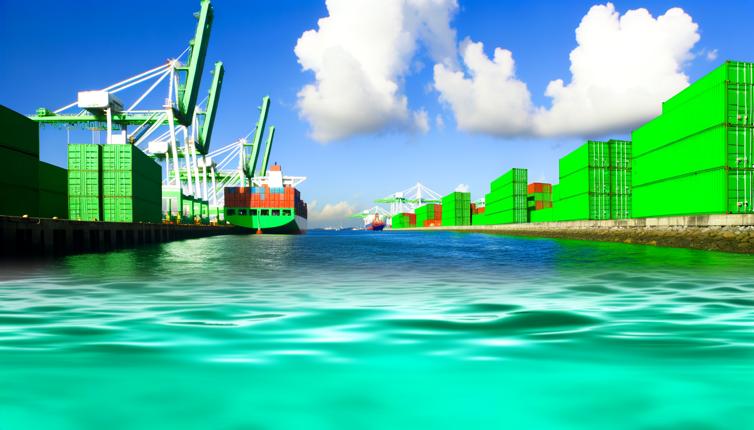Air Freight
Air freight refers to the transportation of goods by air. This mode of shipping is known for its speed and efficiency, making it an ideal choice for time-sensitive shipments. Here are some key points to consider when it comes to air freight:,1. Speed: Air freight is significantly faster compared to sea freight. It can deliver goods to their destination in a matter of days, making it suitable for perishable goods or urgent shipments.,2. Cost: While air freight offers speed, it also comes at a higher cost. Shipping goods by air is generally more expensive compared to sea freight. It is important to consider your budget and the value of the goods you are shipping when deciding on air freight.,3. Accessibility: Airports are more accessible compared to seaports, allowing for easier transportation and quicker handling of goods. This can be particularly advantageous if your business is located near an airport.,4. Size and Weight Limitations: Air freight has size and weight limitations due to the capacity and restrictions on aircraft. For larger or heavier shipments, sea freight may be a more suitable option.,5. Security: Air freight is known for its high level of security. Airports have strict security measures in place, reducing the risk of theft or damage to goods during transportation.
Sea Freight
Sea freight involves the transportation of goods by sea. Although it is slower compared to air freight, sea freight offers its own set of advantages. Here are some key points to consider when it comes to sea freight:,1. Cost: Sea freight is generally more cost-effective compared to air freight. It is the preferred mode of transportation for bulky or heavy goods that are not time-sensitive.,2. Capacity: Ships have much larger cargo capacity compared to airplanes, allowing for the transportation of a greater volume of goods. This makes sea freight ideal for businesses with large-scale shipments.,3. Flexibility: Sea freight offers more flexibility when it comes to shipping oversized or irregularly shaped goods. Ships can accommodate larger and unique cargo that may not be possible with air freight.,4. Environmental Impact: Sea freight is considered a more environmentally friendly mode of transportation compared to air freight. Ships produce lower carbon emissions, making it a greener choice.,5. Transit Times: Sea freight has longer transit times compared to air freight. It can take weeks or even months for goods to reach their destination. This needs to be taken into consideration when planning your shipments.
Conclusion
Choosing between air freight and sea freight for your business requires careful consideration of various factors. If speed is crucial and budget allows, air freight may be the ideal choice. On the other hand, if cost-effectiveness and flexibility are the priorities, sea freight may be the better option. Assess your shipping requirements, the nature of your goods, budget limitations, and other relevant factors to make an informed decision. Remember, you can also opt for a combination of both shipping modes depending on your needs.








